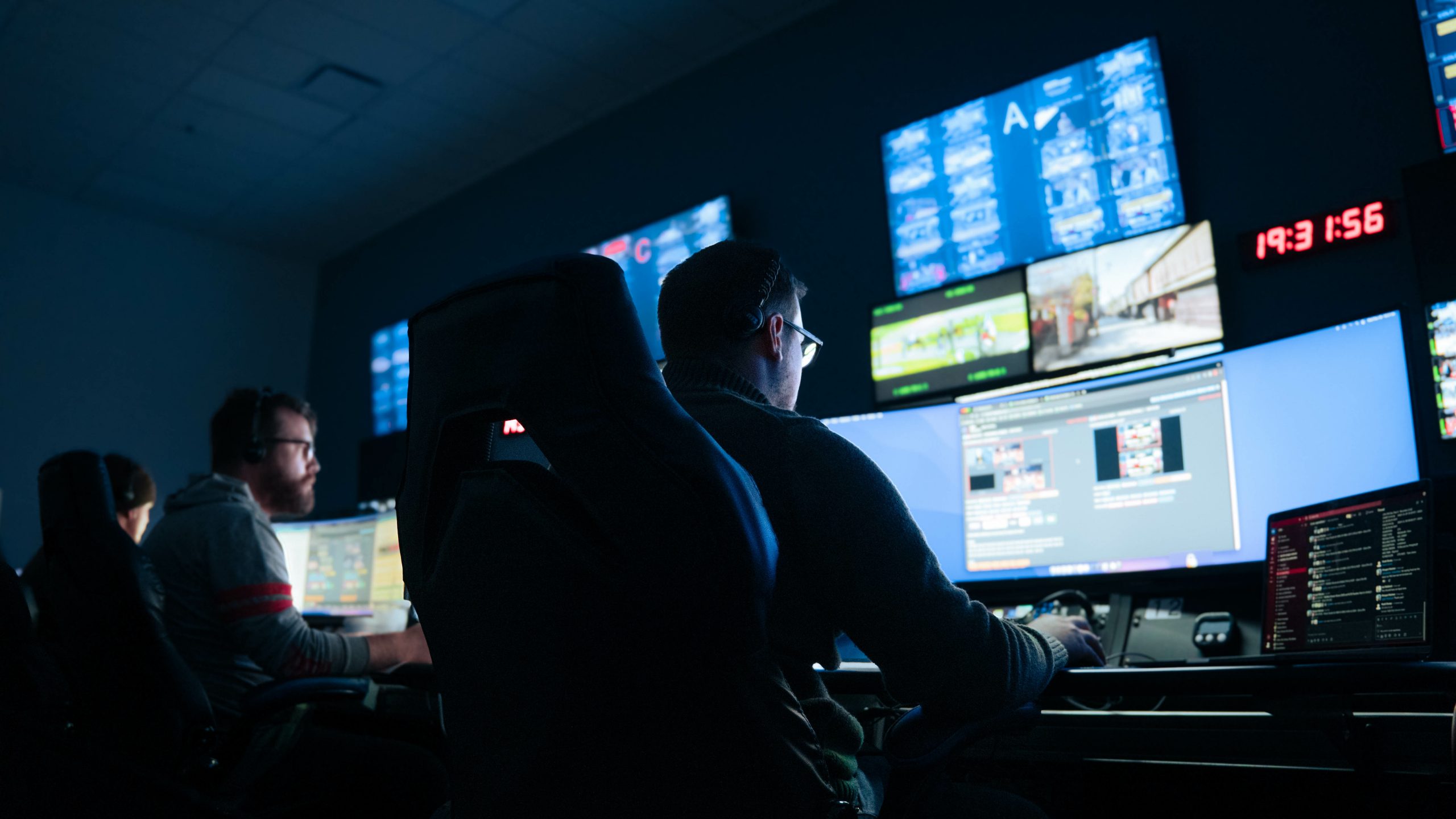From the grassroots of sporting events to the grand stages of television screens, the evolution of sports broadcasting has been a journey marked by innovation and technological advancements. Spanning across decades, the transition from field vision to television has not only revolutionized the way sports are consumed but has also reshaped the very essence of sports analysis. At its core, the anatomy of sports broadcasting analysis encapsulates a fusion of expertise, technology, and storytelling, weaving together the intricate threads of athleticism, strategy, and emotion into a captivating narrative. Central to the anatomy of sports broadcasting analysis is the expertise wielded by seasoned commentators and analysts. These individuals, often former athletes or coaches themselves, bring a depth of understanding and insight that transcends mere observation. Their keen eye for detail, honed through years of immersion in the sport, allows them to decipher the nuances of play, anticipate strategies, and provide context that enriches the viewer’s experience. Whether breaking down a pivotal moment or offering strategic foresight, their commentary serves as a guiding voice, illuminating the intricacies of the game for audiences worldwide.

Complementing the expertise of MLB중계사이트 analysts is the technological prowess that underpins modern sports broadcasting. From high-definition cameras capturing every movement to advanced analytics software dissecting player performance, technology has become an indispensable tool in the arsenal of sports broadcasters. Through innovations such as augmented reality graphics and immersive camera angles, viewers are transported from the stands to the heart of the action, providing a visceral experience that transcends traditional spectatorship. Moreover, data-driven insights derived from sensors and tracking systems offer a new dimension to analysis, empowering broadcasters to delve deeper into the statistical fabric of the game and uncover patterns that may have otherwise gone unnoticed. However, perhaps the most compelling aspect of sports broadcasting analysis lies in its ability to transcend the mere recounting of events and transform them into stories that resonate with audiences on a visceral level. Through the art of storytelling, broadcasters infuse each match with drama, emotion, and narrative arc, transforming it from a sequence of plays into a gripping saga.
Whether it is the underdog defying the odds, the veteran seeking redemption, or the rivalry steeped in history, these narratives imbue the game with meaning, inviting viewers to become emotionally invested in the outcome. In doing so, sports broadcasting analysis transcends its role as a mere observer and becomes a catalyst for collective engagement and shared experience. In conclusion, the anatomy of sports broadcasting analysis represents a harmonious fusion of expertise, technology, and storytelling, intertwining to create a rich tapestry that elevates the viewer’s experience from mere observation to immersive engagement. Through the lens of seasoned commentators and analysts, augmented by cutting-edge technology and enriched by the power of narrative, sports broadcasting analysis not only informs but also entertains, inspires, and captivates audiences around the globe. As the journey from field vision to television continues to unfold, one thing remains certain – the anatomy of sports broadcasting analysis will continue to evolve, driven by a relentless pursuit of excellence and a passion for the game.
